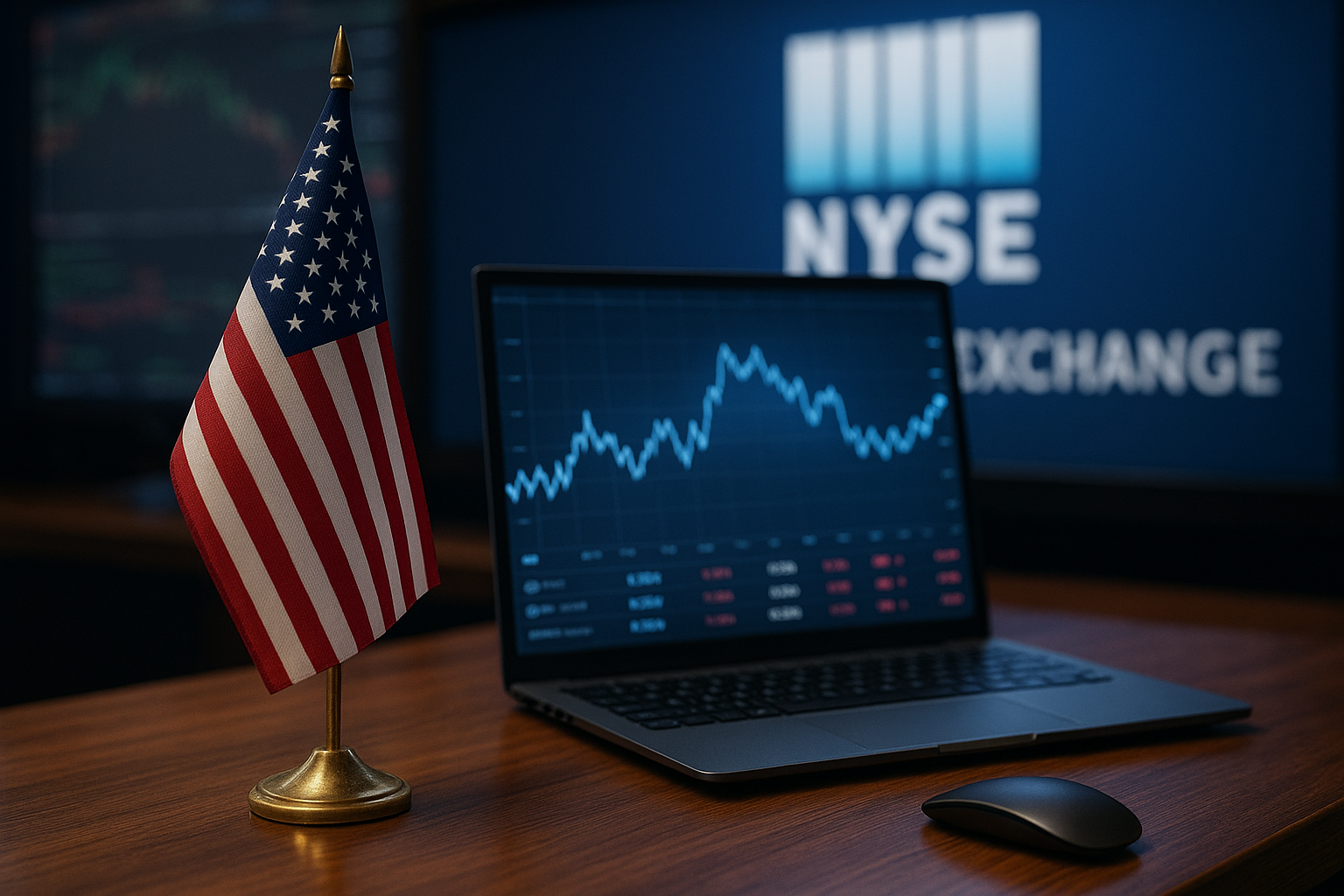Bitcoin has shattered expectations once again, surging past $118,000 and setting a new all-time high as institutional capital continues to pour into the digital asset market. This bullish breakout comes amid growing investor confidence in crypto as a legitimate and strategic allocation—not just a speculative asset. With ETFs attracting billions and major funds increasing exposure, Bitcoin is no longer an outlier in the modern portfolio—it’s becoming a cornerstone.
For investors watching the intersection of traditional finance and digital innovation, this rally represents more than price action. It reflects a systemic shift in how institutions view crypto.
Why This Surge Matters: Institutions Are Driving the Rally
Unlike previous bull runs driven by retail speculation, this rally is distinctly institutional. According to Reuters and Bloomberg, the latest surge has been fueled by robust inflows into U.S.-listed spot Bitcoin ETFs, which launched earlier this year. As of July 10, total assets under management across top Bitcoin ETFs—including BlackRock’s iShares Bitcoin Trust and Fidelity’s Wise Origin BTC Fund—have crossed $68 billion, up more than 40% since April.
Large asset managers and pension funds are also joining the fray. BlackRock CEO Larry Fink recently stated in a CNBC interview that Bitcoin is being considered a “legitimate store of value” by wealth managers, marking a striking shift from skepticism to endorsement.
Simultaneously, sovereign wealth funds and endowments are making quiet but deliberate moves into crypto-related vehicles, seeing Bitcoin as a long-duration, low-correlation hedge.
What’s Powering Institutional Confidence?
Several converging factors are making Bitcoin increasingly palatable to traditional institutions:
- Regulatory clarity: The SEC’s approval of spot Bitcoin ETFs has reduced regulatory uncertainty in the U.S., making it easier for institutions to access BTC through compliant channels.
- Infrastructure maturity: Custody solutions from firms like Coinbase Institutional, Fidelity Digital Assets, and BitGo are eliminating security concerns.
- Macro tailwinds: Persistently high inflation, geopolitical instability, and a weakening dollar are driving demand for assets with deflationary characteristics and global portability.
“Bitcoin is now part of the core macro conversation,” said Galaxy Digital’s Mike Novogratz in an earnings call. “It’s no longer fringe—it’s fundamental.”
Future Trends to Watch
1. Bitcoin ETF Expansion into Asia and Europe
Hong Kong and London are moving toward spot ETF approvals, which could trigger a second wave of institutional inflows globally. Investors should watch for announcements from financial regulators like the HKMA and FCA.
2. Ethereum and Altcoin ETF Pipeline
With Bitcoin’s ETF success, market watchers expect Ethereum ETFs to follow. Ethereum’s upcoming Dencun upgrade and its role in DeFi and tokenization could make it the next big institutional narrative.
3. Custodial Partnerships and Banking Integration
Expect more legacy banks to partner with crypto-native firms for custody, trading, and compliance—widening the access point for institutional buyers.
Key Investment Insight
With Bitcoin’s price pushing into uncharted territory, valuation discipline is essential. While long-term tailwinds remain strong, short-term corrections are likely. Investors should consider:
- Exposure through low-fee spot ETFs or grayscale trusts.
- Diversifying across blue-chip tokens (BTC, ETH) to balance volatility.
- Monitoring regulatory news and ETF flows for sentiment shifts.
- Hedging around key events like Fed rate decisions or crypto tax changes.
Those with longer time horizons may view any near-term dips as strategic accumulation opportunities, particularly as Bitcoin’s halving cycle in 2026 approaches.
Bitcoin’s journey from fringe curiosity to financial mainstay has reached another milestone. And this time, it’s not meme coins or retail mania driving the charts—it’s the weight of institutional conviction.
Stay with MoneyNews.Today to track how the new age of crypto finance is reshaping portfolios, regulation, and opportunity—day by day.





